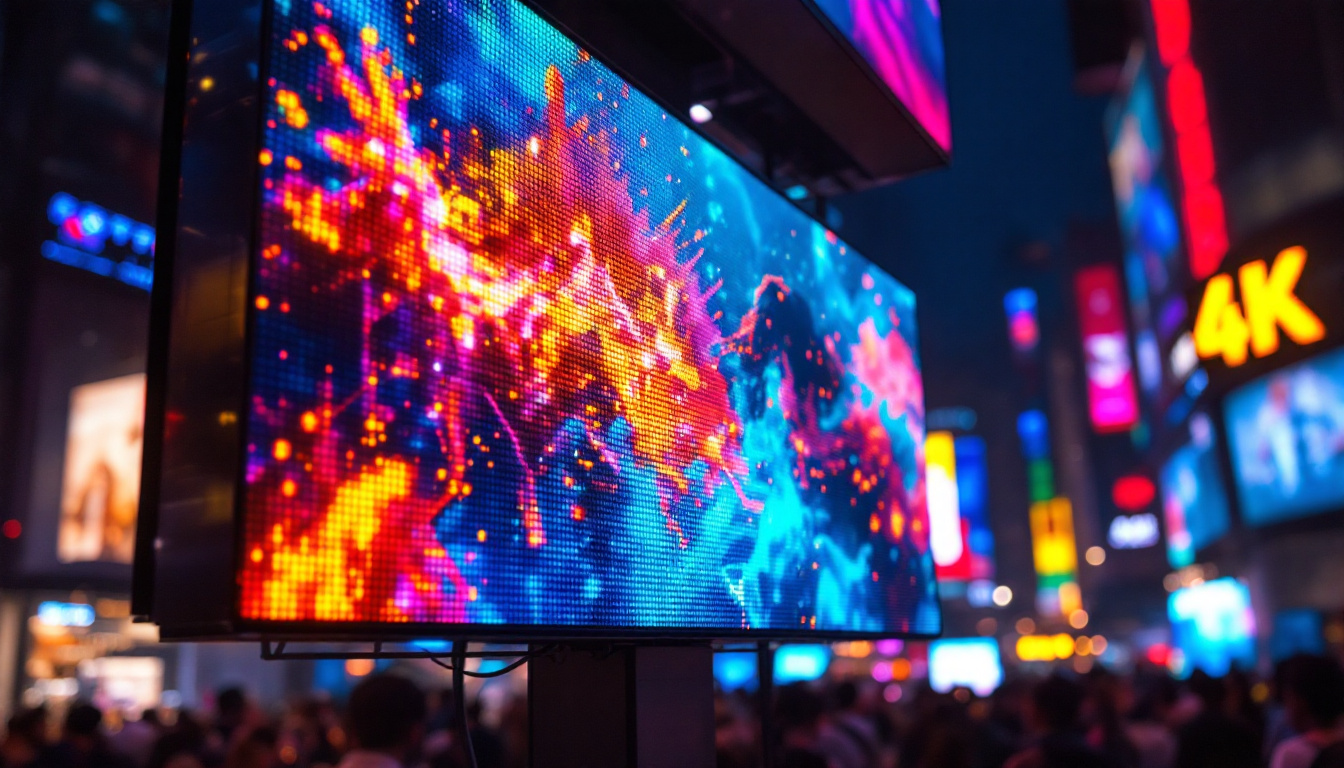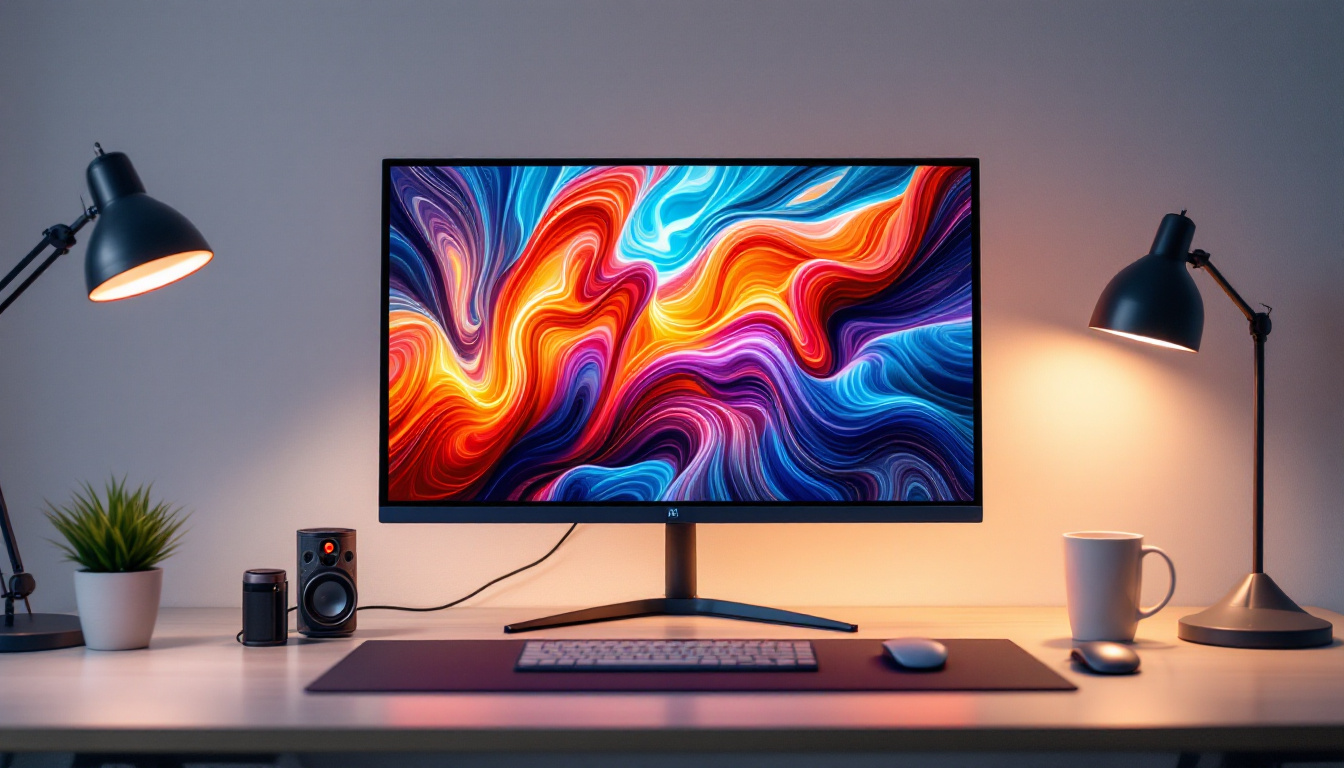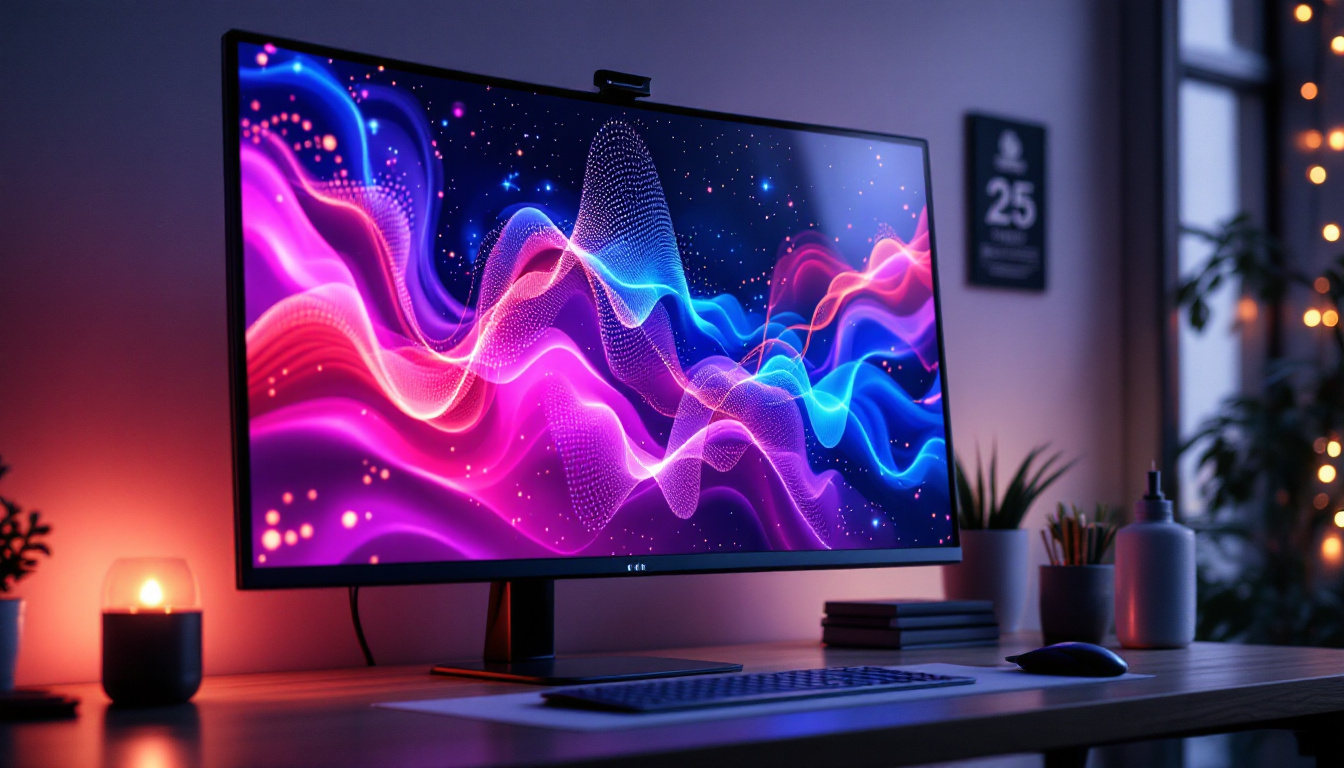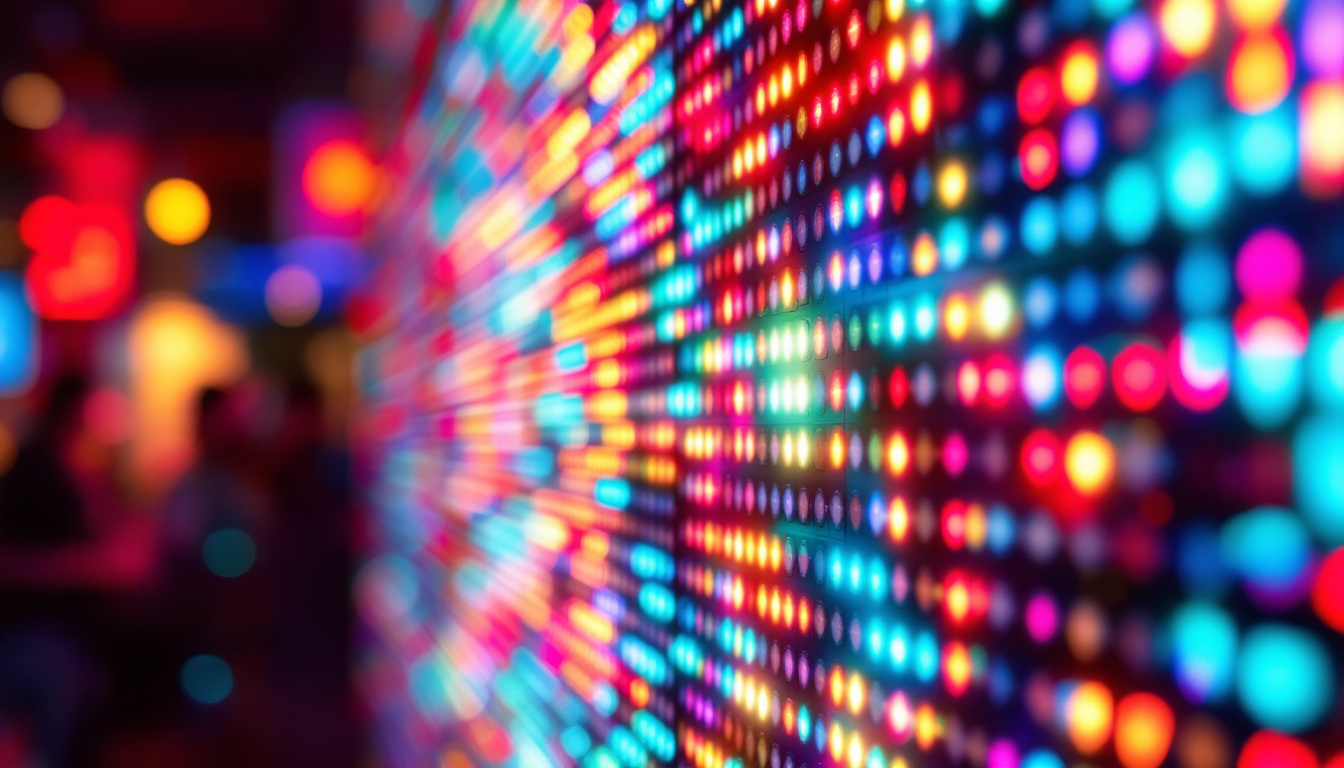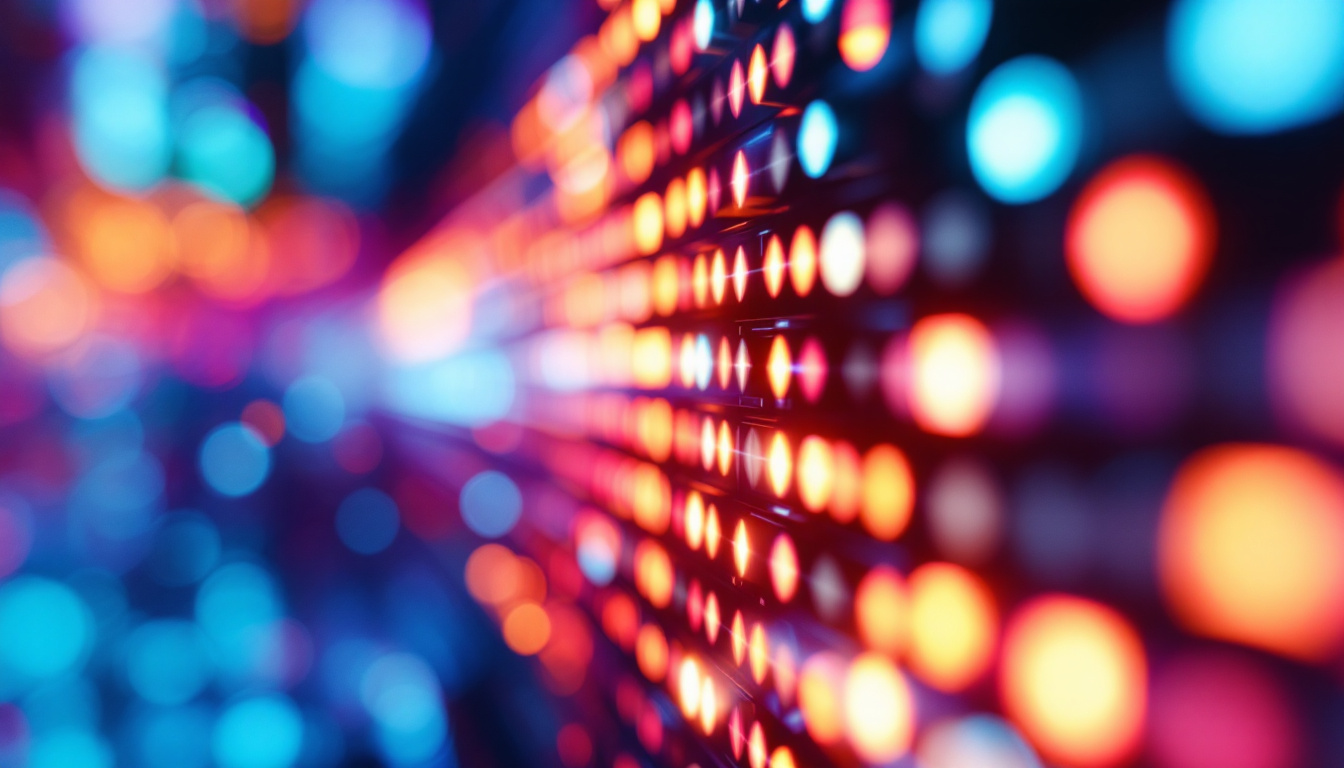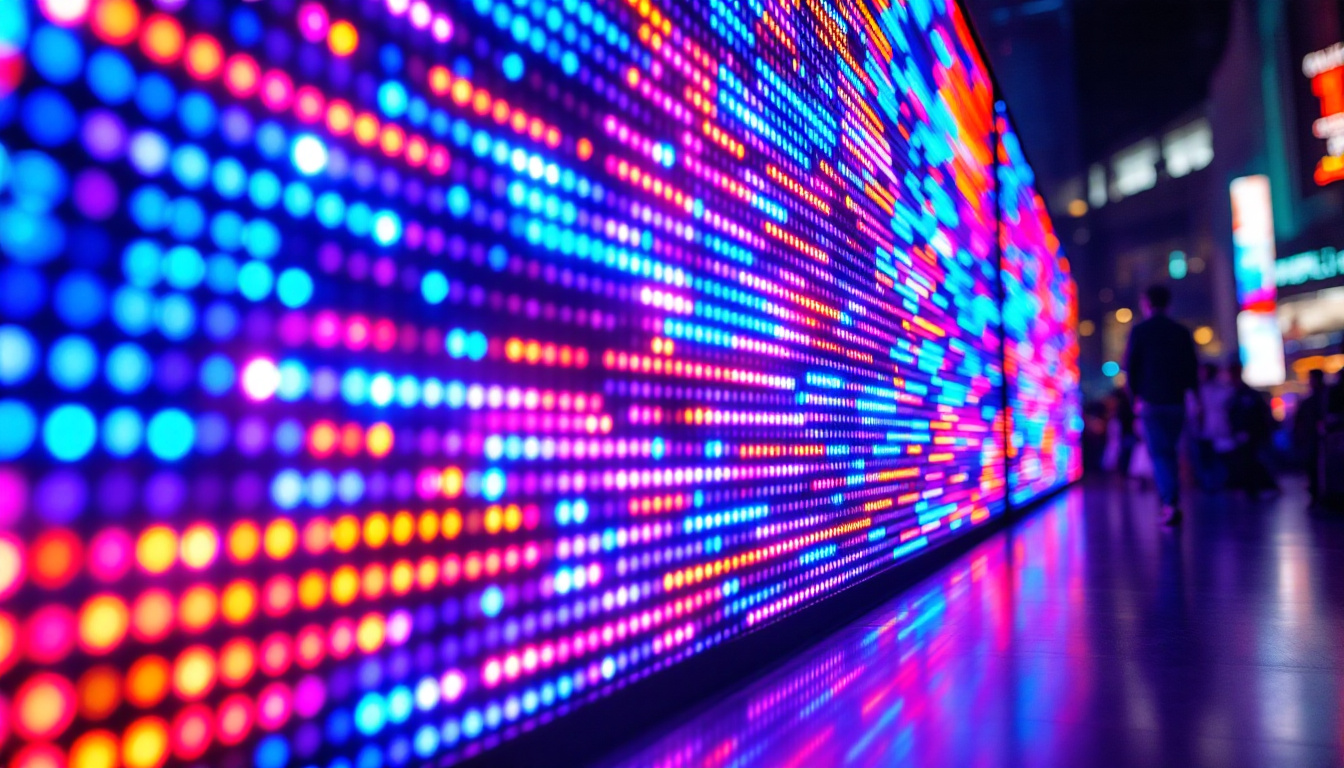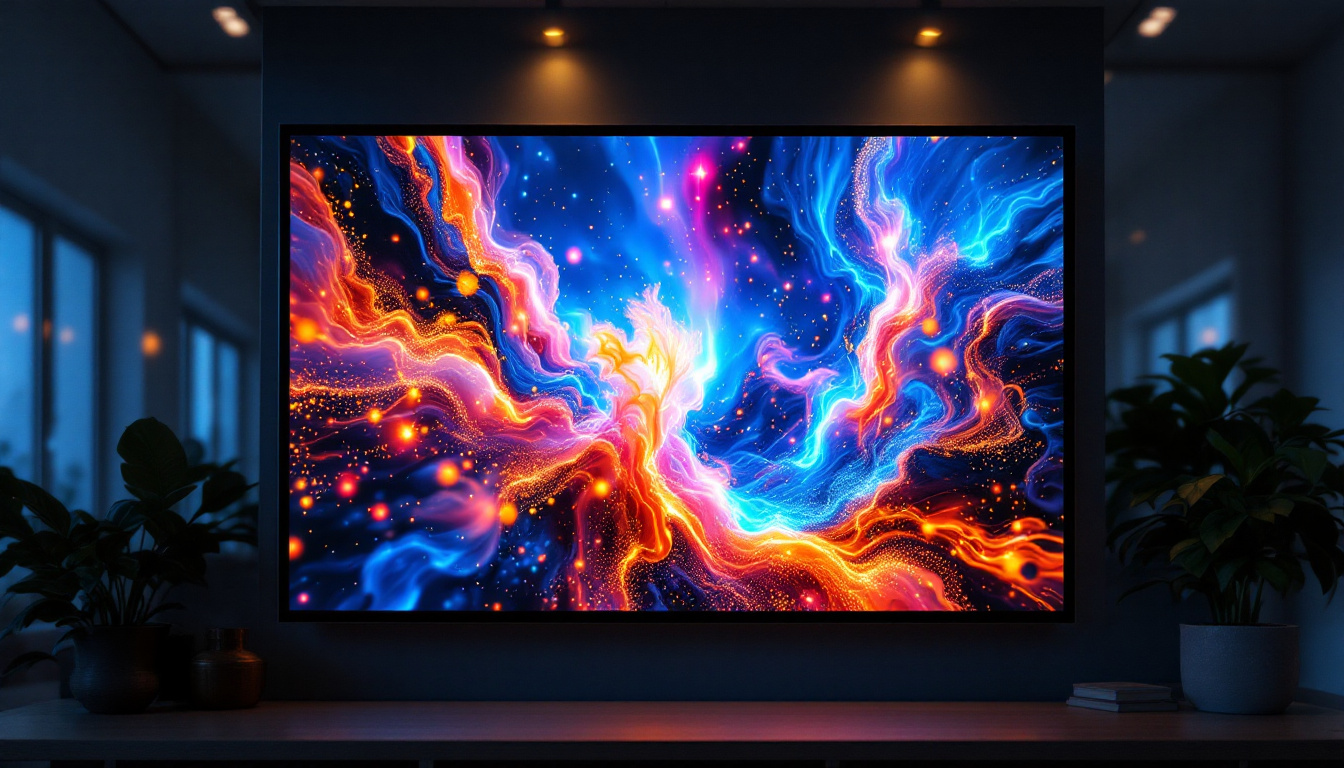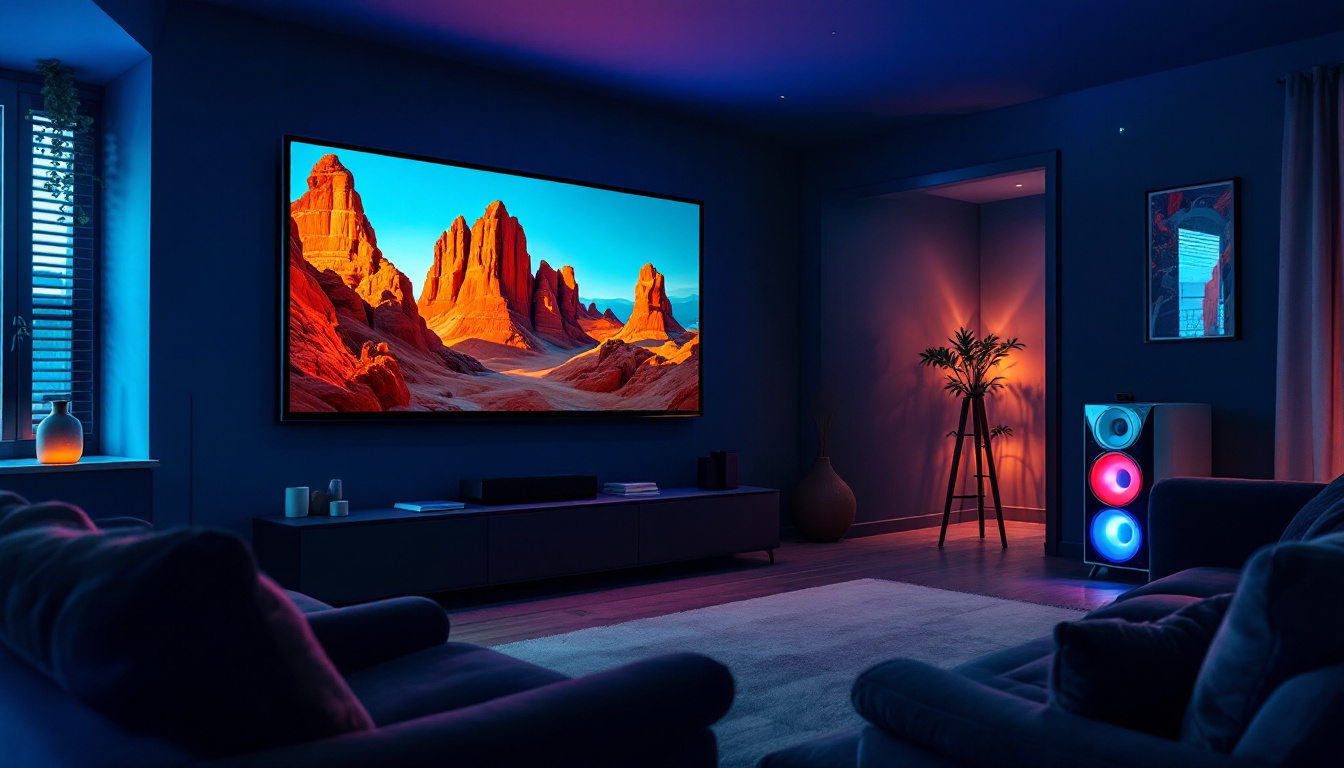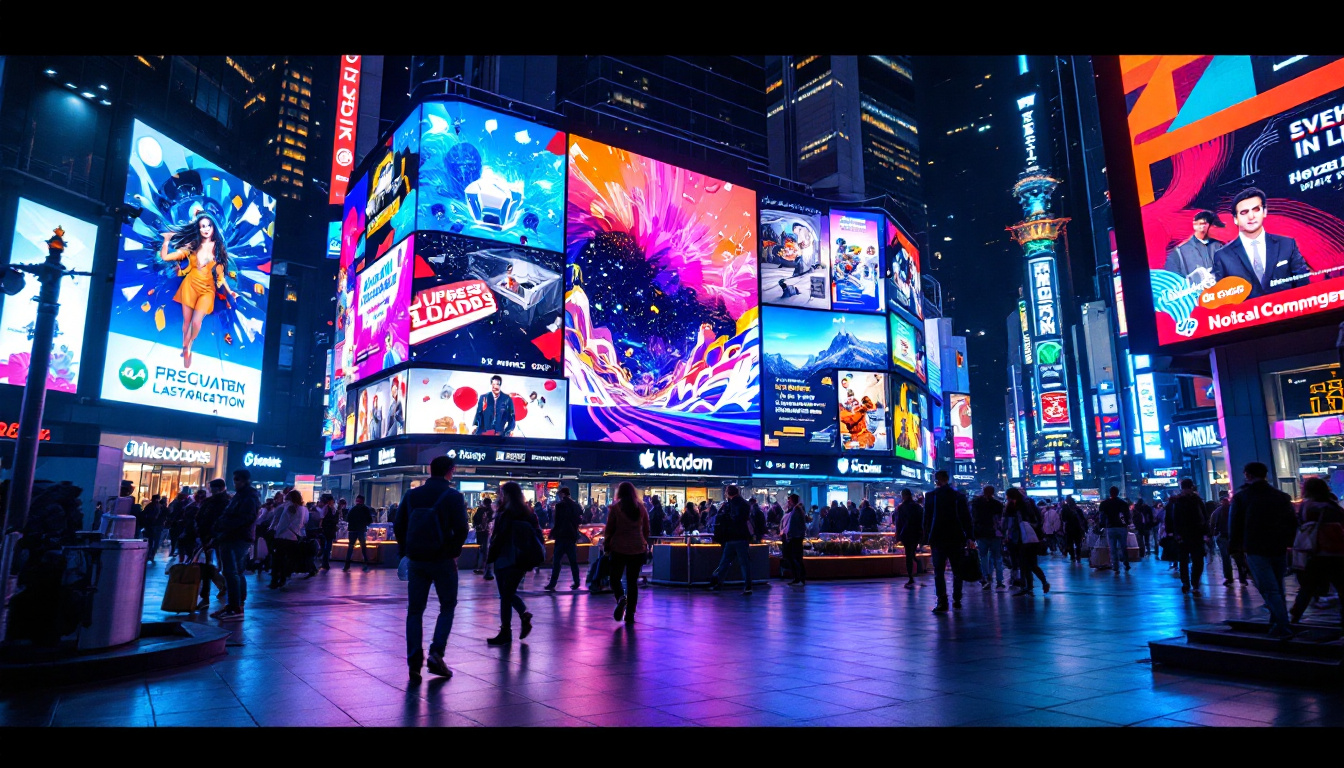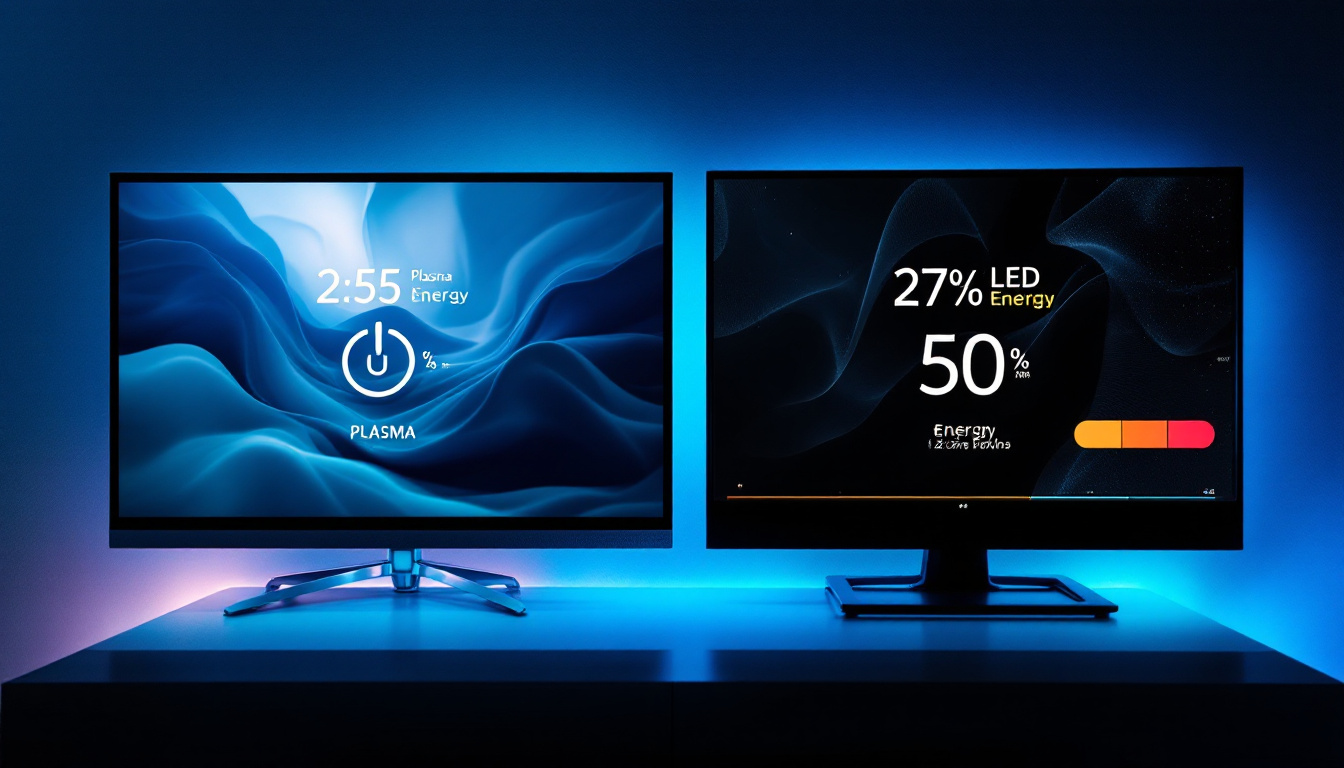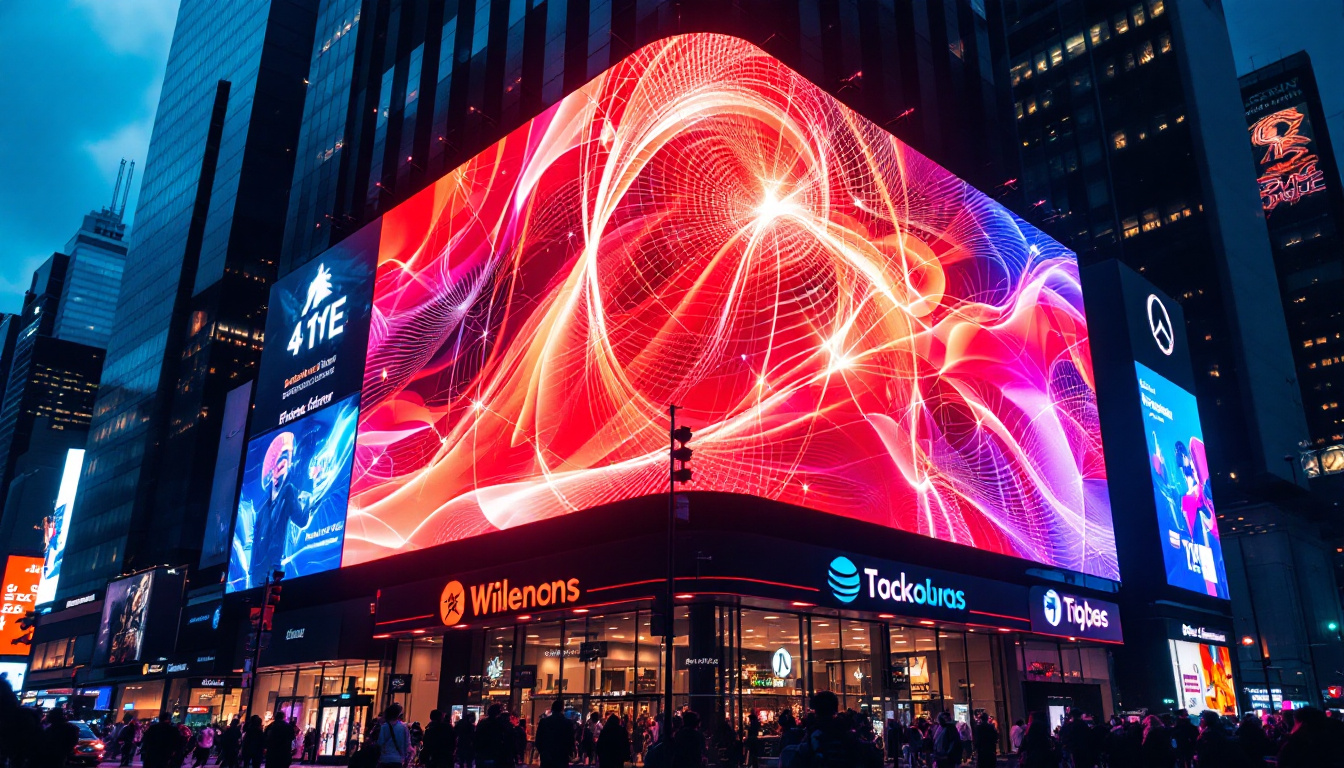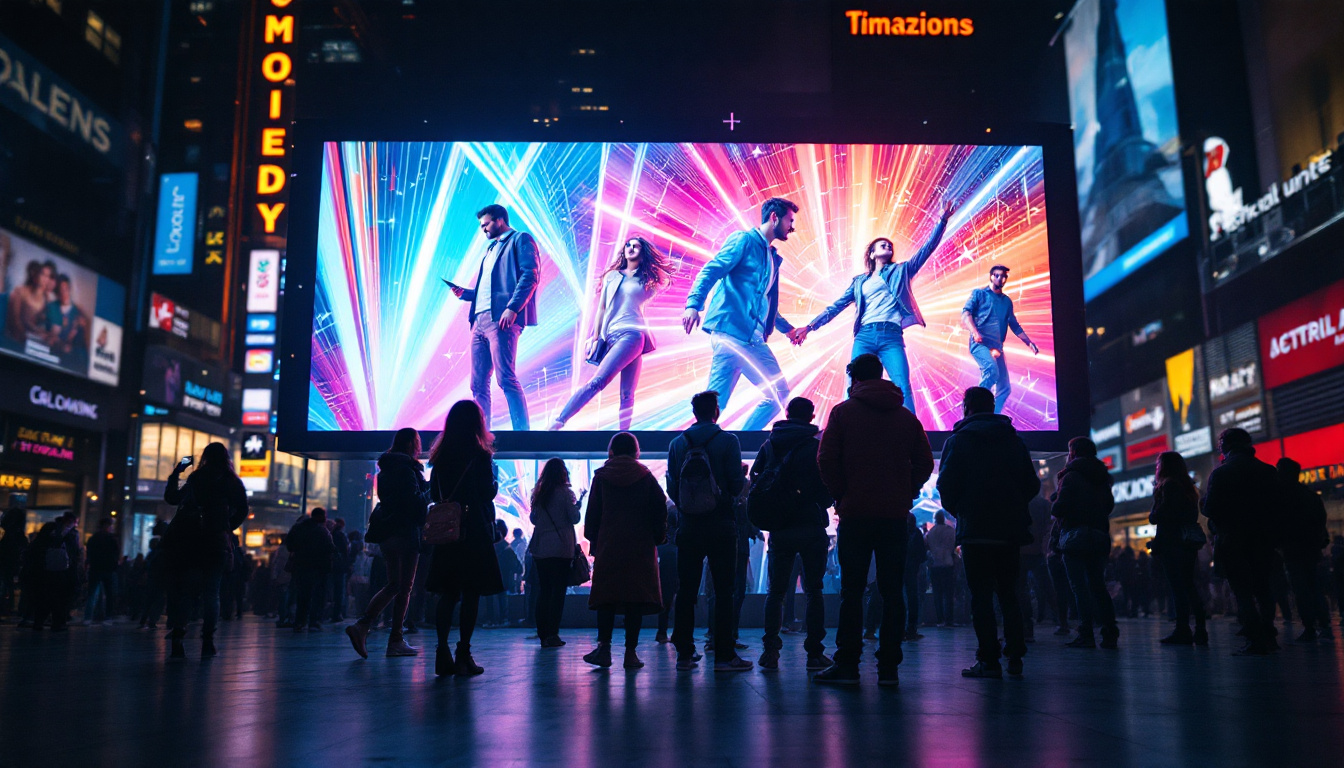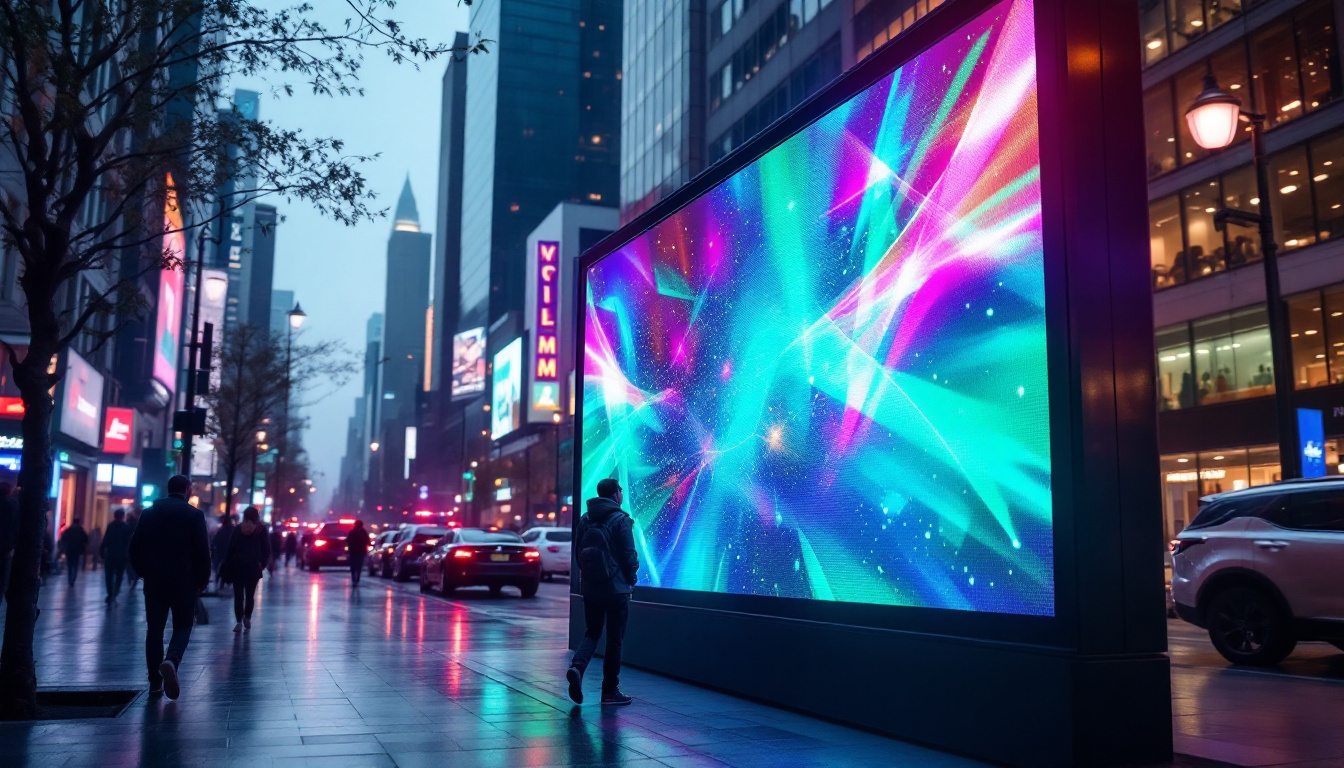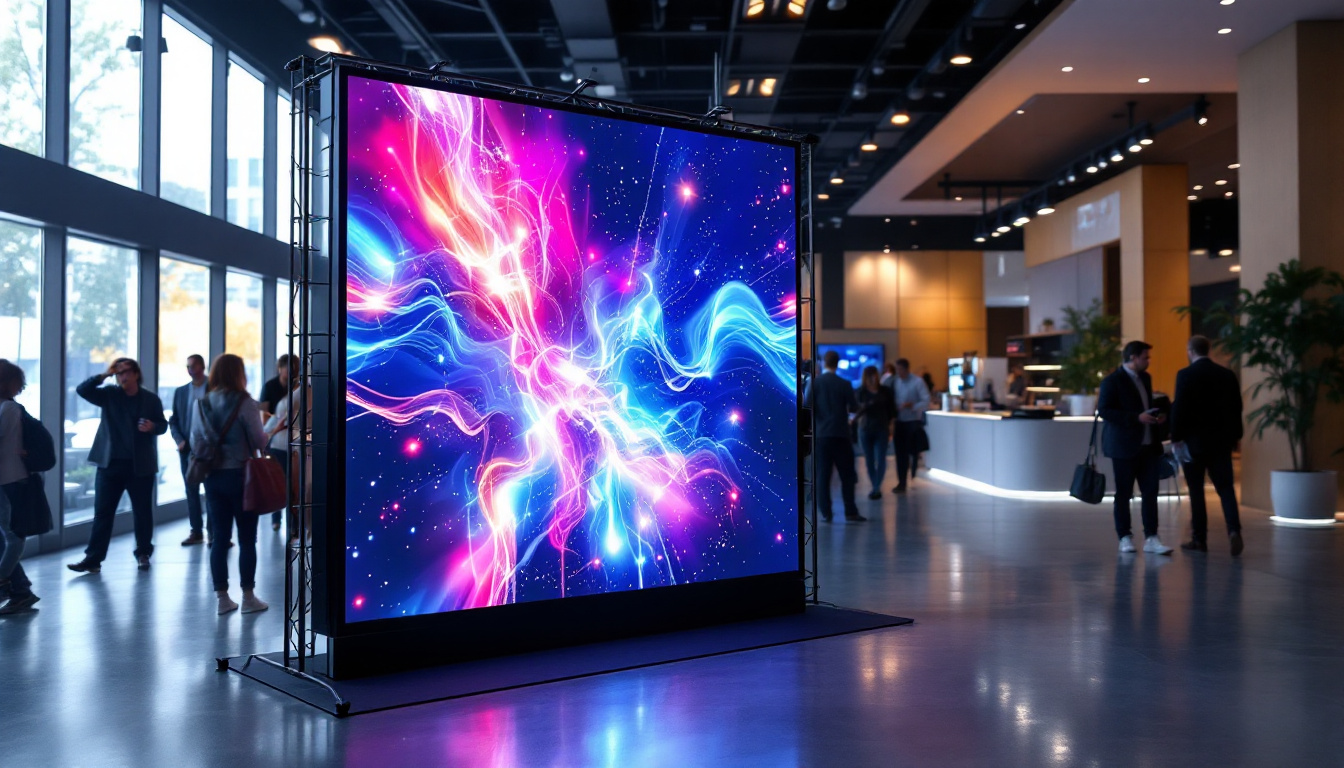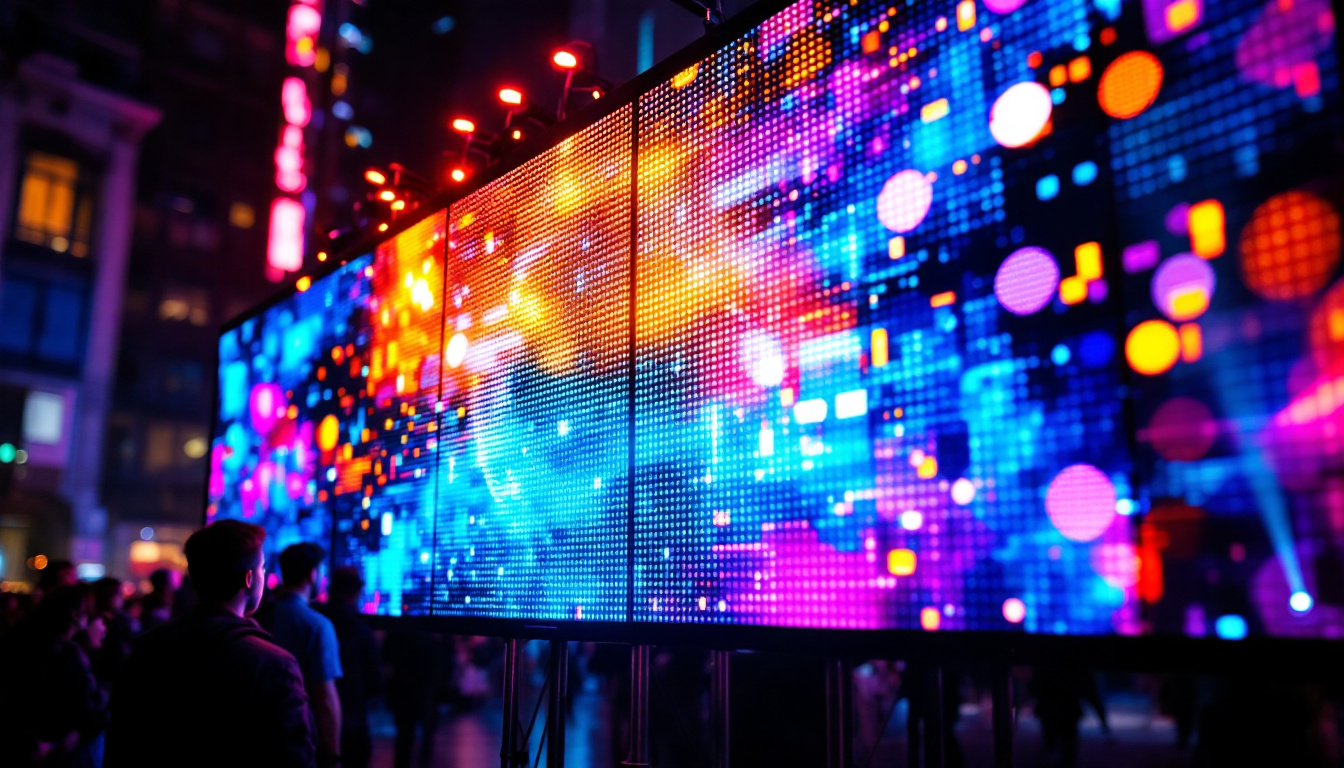In today’s digital age, the demand for high-resolution displays has never been greater. With the advent of 4K technology, images are sharper, more vibrant, and packed with detail. This article delves into the intricacies of converting images to 4K resolution, particularly focusing on LED displays, their technology, and the benefits they offer.
Understanding 4K Resolution
4K resolution, also known as Ultra High Definition (UHD), refers to a display resolution of approximately 3840 x 2160 pixels. This is four times the pixel count of Full HD (1920 x 1080), resulting in a significantly clearer and more detailed picture. The increase in pixel density allows for a more immersive viewing experience, especially on larger screens. With the rise of 4K technology, many consumers are now able to enjoy cinematic experiences in the comfort of their own homes, as the clarity and vibrancy of the images can rival that of a movie theater.
The Importance of Pixel Density
Pixel density is a critical factor in display technology. It is measured in pixels per inch (PPI), and a higher PPI translates to a sharper image. For instance, a 4K display can provide a more detailed image even when viewed up close, making it ideal for applications such as graphic design, gaming, and video editing. This increased clarity is not just beneficial for professionals; it also enhances the enjoyment of everyday activities, such as browsing the web or watching YouTube videos, where details can significantly impact the overall experience.
Moreover, higher pixel density reduces the visibility of individual pixels, which can be particularly noticeable on lower resolution displays. This seamless visual experience is essential for professionals who require precision in their work, as well as for consumers seeking the best entertainment experience. The advancements in pixel technology also contribute to improved color accuracy and contrast, allowing viewers to appreciate the subtleties in shadows and highlights that were previously lost in lower resolution formats.
Benefits of 4K Displays
4K displays offer numerous advantages over their lower resolution counterparts. One of the most significant benefits is the enhanced detail in images and videos. This is particularly noticeable in nature documentaries, action films, and video games, where intricate details can enhance the storytelling experience. For example, the vibrant colors of a sunset or the fine textures of a character’s costume can be rendered with stunning realism, drawing viewers deeper into the narrative.
Additionally, 4K displays are becoming increasingly accessible. As technology advances, the cost of 4K televisions and monitors has decreased, making it easier for consumers to upgrade their home entertainment systems. Furthermore, streaming services are rapidly adopting 4K content, providing viewers with a wealth of high-resolution options. Major platforms like Netflix and Amazon Prime Video are now offering a growing library of 4K titles, including original series and films, which encourages more people to invest in 4K technology. As the demand for high-quality content continues to rise, the industry is likely to see even more innovations in display technology, such as HDR (High Dynamic Range) capabilities, which further enhance the viewing experience by providing richer colors and improved contrast ratios.
LED Display Technology
LED (Light Emitting Diode) displays have revolutionized the way images are presented. Unlike traditional LCD screens that use fluorescent backlighting, LED displays utilize small diodes that emit light, resulting in brighter images and improved energy efficiency. This shift has not only transformed consumer electronics but has also paved the way for innovative applications in various industries, from advertising to healthcare.
How LED Displays Work
LED displays work by using a matrix of tiny light-emitting diodes to create images. Each pixel on the screen is made up of red, green, and blue (RGB) sub-pixels, which combine to produce a wide range of colors. When an image is displayed, the corresponding diodes light up in varying intensities to create the desired colors and brightness levels.
This technology allows for deeper blacks and brighter whites, contributing to a more dynamic contrast ratio. The ability to turn off individual diodes also means that LED displays can achieve true black levels, enhancing the overall visual experience. Moreover, advancements in LED technology have led to improvements in refresh rates and response times, making them ideal for fast-paced video content, such as sports and action films.
Types of LED Displays
There are several types of LED displays, each with its unique characteristics and applications. The two most common types are:
- Direct LED: In this configuration, LEDs are placed directly behind the screen, providing uniform brightness and better contrast.
- Edge-lit LED: Here, LEDs are positioned along the edges of the screen. This design allows for thinner displays but may result in less uniform brightness.
Additionally, there are variations like OLED (Organic LED) and QLED (Quantum Dot LED), which further enhance color accuracy and contrast. OLED displays utilize organic compounds that emit light when an electric current is applied, allowing for even thinner screens and more flexible designs. QLED technology, on the other hand, employs quantum dots to improve color reproduction and brightness, making it a popular choice for high-end televisions. Each type has its advantages, making it essential to choose the right display based on specific needs and preferences. As technology continues to evolve, we can expect even more exciting developments in the realm of LED displays, including advancements in sustainability and smart display features that integrate seamlessly with our digital lives.
Converting Images to 4K for LED Displays
To fully harness the capabilities of a 4K LED display, images must be converted to the appropriate resolution. This process involves several steps to ensure that the final image retains its quality and detail.
Image Upscaling Techniques
Upscaling is the process of increasing the resolution of an image to fit a higher resolution display. There are various techniques used for upscaling, including:
- Nearest Neighbor: This is the simplest method, which enlarges the image by duplicating pixels. While quick, it can lead to a blocky appearance.
- Bilinear Interpolation: This technique calculates the average color of surrounding pixels to create new pixels. It produces smoother images than nearest neighbor but may still lack detail.
- Bicubic Interpolation: A more advanced method that considers the colors of surrounding pixels in greater detail, resulting in sharper images.
- AI Upscaling: Artificial intelligence algorithms analyze the image and predict the best way to add detail, often producing the most impressive results.
Choosing the right upscaling technique is crucial, as it can significantly affect the final output quality. AI upscaling, in particular, is gaining traction for its ability to enhance images without introducing artifacts.
Software and Tools for Image Conversion
Numerous software options are available for converting images to 4K resolution. Popular image editing programs like Adobe Photoshop and GIMP offer built-in tools for resizing and upscaling images. Additionally, there are dedicated applications designed specifically for image enhancement, which utilize advanced algorithms to improve quality.
When selecting software, consider the specific features required, such as batch processing capabilities, ease of use, and the level of control over the upscaling process. Many tools also offer trial versions, allowing users to test their effectiveness before committing to a purchase.
Best Practices for Displaying 4K Images
Once images have been converted to 4K resolution, it is essential to display them correctly on LED screens to maximize their quality. Several best practices can help achieve optimal results.
Calibration of LED Displays
Calibration is a critical step in ensuring that colors and brightness levels are accurately represented on an LED display. This process involves adjusting settings such as contrast, brightness, and color balance to match industry standards. Professional calibration tools are available, but many displays also offer built-in calibration settings.
Regular calibration is recommended, especially if the display is used for professional work, as ambient lighting conditions can change over time, affecting the perceived quality of images.
Optimal Viewing Distance
The viewing distance plays a significant role in how 4K images are perceived. With higher resolutions, viewers can sit closer to the screen without noticing individual pixels. This allows for a more immersive experience, especially in home theater setups.
In general, a good rule of thumb is to sit at a distance of 1.5 times the screen size for 4K displays. For example, if the screen is 65 inches, the ideal viewing distance would be around 8 feet. This distance helps ensure that viewers can appreciate the increased detail without straining their eyes.
The Future of 4K and LED Technology
The landscape of display technology is ever-evolving, with 4K and LED technology at the forefront of innovation. As consumer demand for high-quality visuals continues to rise, manufacturers are developing new technologies to enhance the viewing experience further.
Emerging Trends in Display Technology
Several trends are shaping the future of 4K and LED displays. One notable trend is the integration of AI and machine learning to improve image processing and upscaling techniques. This advancement promises to deliver even higher quality images with less effort from users.
Additionally, the development of MicroLED technology is set to revolutionize the display market. MicroLED displays consist of tiny, self-emissive diodes, allowing for greater flexibility in screen design, improved color accuracy, and enhanced energy efficiency.
Conclusion
As technology continues to advance, the importance of high-resolution displays like 4K LED screens will only grow. The ability to convert images to 4K resolution opens up new possibilities for visual content, enhancing everything from entertainment to professional applications.
By understanding the intricacies of LED display technology, the methods for converting images to 4K, and the best practices for displaying these images, users can fully appreciate the benefits of this cutting-edge technology. Embracing these advancements not only enriches the viewing experience but also sets the stage for future innovations in the world of digital displays.
Discover the Future of Visual Experience with LumenMatrix
Ready to elevate your visual content to the next level with 4K LED display technology? LumenMatrix is at the forefront of innovation, offering a diverse range of LED display solutions that bring your brand to life. Whether you’re looking for an Indoor LED Wall Display, a dynamic Outdoor LED Wall Display, or specialized options like Vehicle, Sports, or Floor LED Displays, LumenMatrix has you covered. Experience the transformative power of our Custom, All-in-One, and Transparent LED Displays, designed to captivate your audience and communicate your message with unparalleled clarity. Check out LumenMatrix LED Display Solutions today and join the revolution in visual communication.

